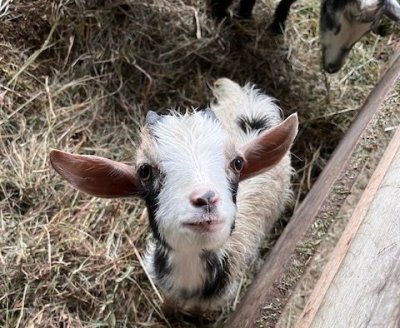Confession: I sometimes drink Naked because those labels make inspiring claims about the number of berries or papayas or leaves of spinach that were crushed to make the liquid in […]
GCF Kale Watch: How Long Will It Grow?
It’s cold out here on the Blue Ridge. At night we fill the woodstove with quarter-rounds of seasoned oak, and we keep our dogs close to the house. Last week […]
Twice as Much Food
Three take-aways from the Intelligence Squared debate on GMOs: 1. Thirty-six years from now, we’re going to need twice as much food as we produce today, Robert Fraley said, repeatedly. […]
A Civil Discussion about GMOs?
“Nature has many unknowns,” said the well-combed man in the black glasses and the avocado/boysenberry tie, “but one certainty is that tomatoes and fish do not have sex with each […]
What to Feed the World?
American industrial agriculture may be standing in the way of international cooperation. “In the United States, they put anything in their mouths,” Jean Cabaret, an organic farmer who lives in […]


